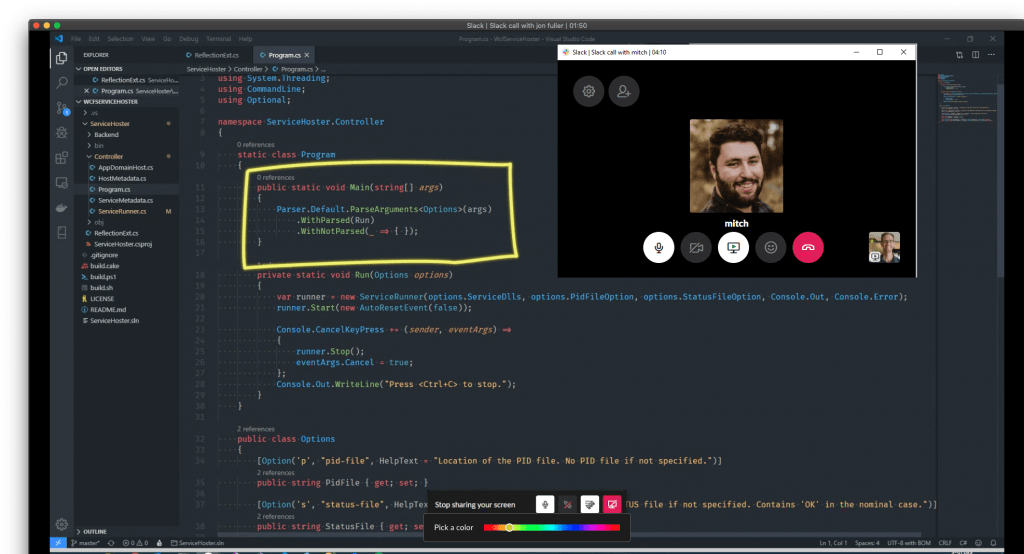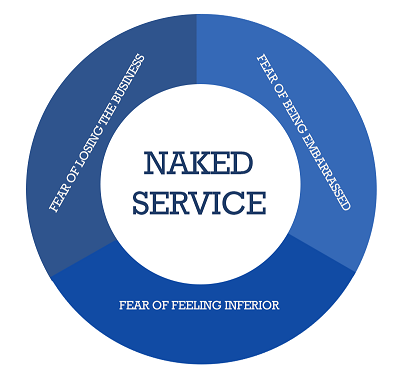
At SEP, we design and develop software products for our customers. Our ability to do that well is founded on solid technical practices. To take it to the next level, however, we need to be able to seamlessly collaborate with our clients.
Over the past few years, we’ve started inviting our clients into our Slack workspace. We’ve had great success in higher levels of collaboration, even when we’re not sitting in the same building!
Transparency
It’s tough sometimes to want to provide transparency to our clients: they may not like our ideas, they may see how much we disagree with each other internally, they may see we don’t actually have it all figured out and that we’re all learning/failing all the time.
That’s okay!
Transparency is vulnerability. Letting our clients in on those secrets above are great ways to build stronger collaboration and trust. It lets them see how the proverbial sausage is made. It lets them see the haunted house with the lights on – it’s not so scary or disorienting.
These concepts and fears fall directly in line with one of my favorite books, Getting Naked by Pat Lencioni (Don’t be alarmed, the “Naked” part is about being transparent).

Tighter Feedback Loops
When was the last time you (or someone else) said: “I hope it takes a long time to find out the answer to this question that’s blocking my work!”
I’m hoping never!
As software developers and designers, we’re tasked with making important micro-decisions all day, every day. Sometimes, we need to ask the client for direction. When we’re all in Slack together, the lead time on that answer goes down significantly versus the time it may take to write an email or wait until the next scheduled phone call.
Slack also makes it really simple to share documents, status updates, and even your screen. If a picture is worth a thousand words, a screen share with live software is priceless.
Don’t Overdo It
It’s easy to let every conversation slide into ad-hoc Slack conversations. Don’t let this happen to you!
It’s important to keep in mind that direct human interaction (be it face to face or live phone call) is still the most effective means of communication. Even though it is convenient and productive to have our clients at our fingertips, we know we work best over high-bandwidth communication. Look out for opportunities for higher-bandwidth communication, such as:
- Iteration/Sprint Planning
- Retrospectives
- Regularly scheduled status updates
- Story-mapping or other discovery-based activities
Tactics
We’ve been inviting our clients into our Slack for years. We’ve come up with some best practices around it:
- Put “client” in the name of the channel (e.g. #phoenix-project-client). This lets everyone know the client is in the channel.
- Invite the client as a single channel or multi-channel guest. We want to protect our clients’ privacy, so we make sure any client in our Slack can only see what they’re allowed to see.
- Put a duration on the guest account when inviting them (this is built-in to Slack). This helps to limit our security exposure. That way if our client’s Slack credentials are compromised sometime in the future, their account will already be disabled.
- Establish clear communication norms. For example, my current client doesn’t want me asking him about new feature ideas that I have on Saturday afternoon.
We work with a variety of clients in many different domains and corporate cultures. Slack may not fit every culture we work with, but we think it’s a good tool to keep in mind when working with our clients.